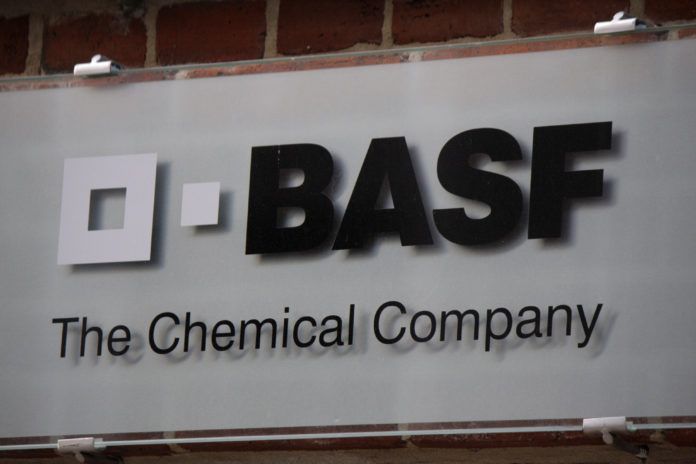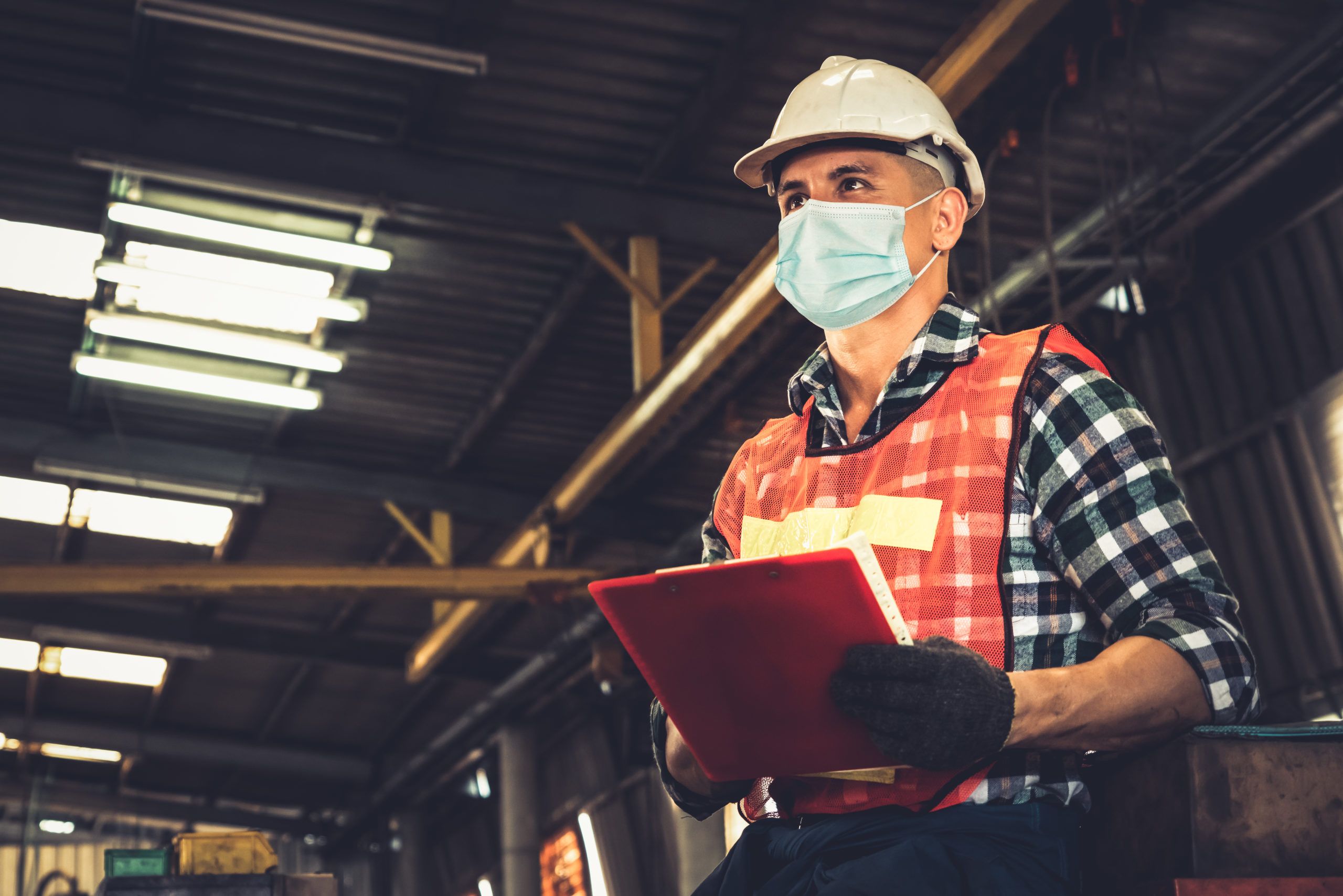Petrochemical leaders are finding they have a lot in common with other market sectors as they sit on the various COVID-19 task forces overseen by the Resilient Louisiana Commission.
Rhoman Hardy, vice president of Shell U.S. – Gulf Coast and co-chair of RLC’s Energy Task Force, says some unexpected benefits have sprung from these forced interactions that began in mid-April, all for the purpose of developing plans for safely reinstating business-related activities.
Hardy’s group, one of 15 such task forces, is comprised largely of the oil and gas, refining and petrochemical industries, and electric utilities. A separate Manufacturing Task Force addresses chemical plant and manufacturer issues. “There has been a lot of sharing of best practices, since there is significant overlap among these groups,” Hardy says. “That will have huge benefits now and in the future.”
The Greater Baton Rouge Industry Alliance Inc. has also developed written guidance to assist industry with COVID-19 preparations. Connie Fabré, GBRIA president and CEO, says her group held as many as seven meetings and partnered with members, contractors, trade associations and consultants to create the guidelines. “A compilation of all the good information shared from these meetings will be helpful to industry as they begin bringing back more workers,” Fabré says.
By no means is Louisiana’s industrial complex starting from a blank sheet of paper, as most of the larger plants have had pandemic plans in place for years. Still, nothing could have prepared them adequately for COVID-19. Scott Whelchel, Dow’s global chief security officer, says his company’s pandemic response and recovery plan was first created in the early 2000s and has been periodically updated in response to other threats such as H1N1 and the Swine Flu.
Whelchel began coordinating COVID-19 response efforts at Dow’s Asian Pacific sites as far back as January. “In some respects we were better prepared in the U.S. as a result,” he adds. “We were in an advanced state of preparation from a communications and procurement standpoint, in regards to masks, sanitizing agents, etc.”
Dow Louisiana also empowered local site teams to operate more efficiently in order to reduce manpower levels. “We developed guidance that could be locally executed, regionally managed and corporately aligned and supported,” Whelchel says. “We wanted to let our people adapt and give them the ability to locally execute. We didn’t want to provide them with a set of guidelines that were rigid and inflexible.” In the process, Dow Louisiana used local data and other publicly available information from surrounding parishes to determine staffing levels and other protocols.
A big move to virtual
Hardy says Shell’s Geismar plant is operating at about 40% of normal staffing levels, while not reducing hours for vital operators and other crafts. Virtual meetings have been key to Shell’s strategy. “We have a structure of daily meetings to manage the facility using Skype and Microsoft collaborative tools,” he adds. “Before (COVID-19), our default would have been to do things face to face, so moving to virtual meetings was a change for us.”
That will likely pay big dividends long after the pandemic. “This has expanded and opened our eyes to the capabilities of these tools,” Hardy says.
Dave Mihalik, BASF Geismar’s environmental, health, safety, medical & security services director, says virtual meetings have become routine over the last two months. About 50% of BASF’s employees currently work from home and use virtual tools such as video conferencing. This “new normal” has created opportunities for the plant to become more efficient and effective.
Some practical measures at BASF Geismar include self-quarantine measures, monitoring of impacted personnel by the site medical department, limited contractor and vendor services and restricted access to control rooms and other operational areas. Additionally, temporary partitions and barriers have been installed within workspaces and face-to-face meetings are limited to only a small number of participants.
BASF also disinfects and deep cleans work areas, and staggers lunch times to minimize group sizes, among other things. While some early adjustments were necessary to BASF’s health and screening protocols since February 2020, “we now have the screening process down to a routine, due in large part to employee volunteers who stepped up to assist.,” Mihalik says.
Through it all, BASF has maintained normal operations. “Although we have response plans in place for a variety of scenarios, I don’t think anyone could’ve guessed the dramatic change in routine we all have faced over the last eight to 10 weeks,” he adds. “In some cases, the innovative ways people have adjusted their procedures to the new social distancing practices have actually improved productivity.”




